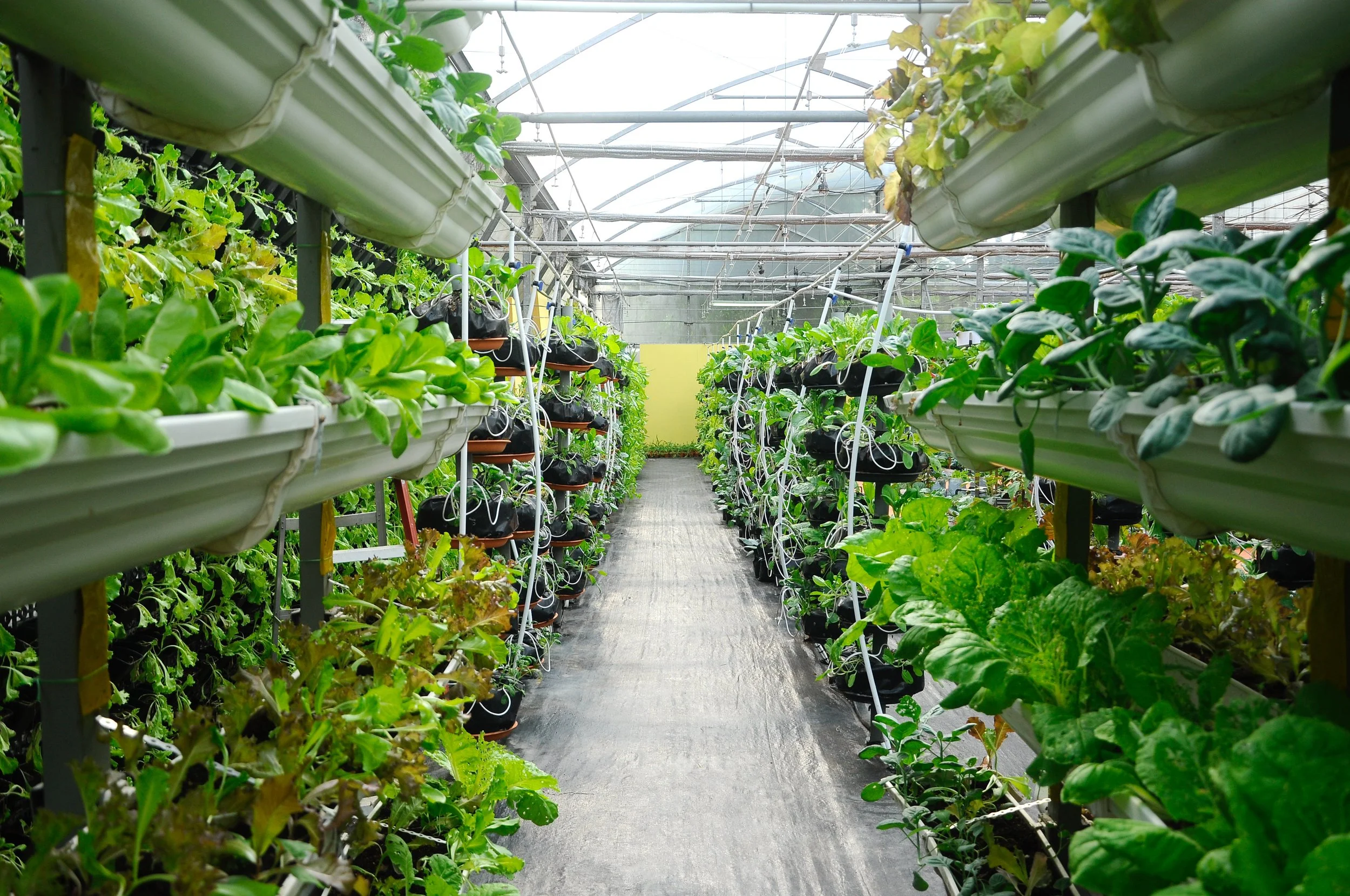This Earth Day, business leaders are shifting their focus to support sustainability, especially amid turbulence in global supply chains resulting from the COVID-19 pandemic.
In fact, according to an Oxford Economics survey, executives from almost three-quarters of consumer product companies cited sustainability issues as a major concern at all stages of the supply chain process.
Why sustainability is imperative
Supply chain sustainability isn’t just a trend, rather, a recent Stanford Business Review survey of 350 organizations shows the move can foster the resiliency necessary for a business’s survival.
The survey also reveals 63% of buyers and 73% of suppliers reported that sustainable procurement practices helped them endure the pandemic. These practices aided in mitigating risk, increasing sales revenue, reducing costs and improving reputation, talent retention and productivity.
Related Content: Learn about the 4 Strategic Benefits of Supplier Diversity
The broader implications for the environment are certainly notable. Benefits of sustainable supply chains include lowering energy consumption, greater technology adoption by companies, and organizational investment in research and development efforts and social action initiatives geared toward environmentally friendly products.
Strategies for implementation
Now that we’ve explored some of the reasons to increase your own supply chain sustainability, let’s examine strategies involving how and where to initiate transformation:
Evaluate your company’s environmental impact across the entire value chain, from packaging to suppliers and operational resources. Examine other top green companies leading the way, think about how your organization measures up and additional opportunities for making improvements.
Identify the materials related to the areas above that offer the ability to make the most headway for change. You can find some excellent examples of how companies have reduced their environmental footprint in this article. Looking at elements such as use of metals and water is another smart approach.
Build your business case for why and how the business will reap rewards now and into the future financially and environmentally. This may include establishing goals and a measurement framework to solidify your plan.
Engage leadership, shareholders, company stakeholders, employees, suppliers, government entities and consumers to drive support and adoption of new practices.
Set timelines for reviewing your success measures and continue evolving your action plan as you gather more data and explore what is working best for your business.
Creating a lasting supply chain for a successful future
Supply chains are key to maintaining a profitable business. Eco-friendly supply chains not only build resilience against instability, but they also help us become better stewards of our earth.
Perhaps the pandemic will be a major driver of new initiatives to reduce waste and improve supply chain operability. What better way to cement business success for generations to come?
Interested in sustainable strategies for innovation?
Learn more about emerging trends

